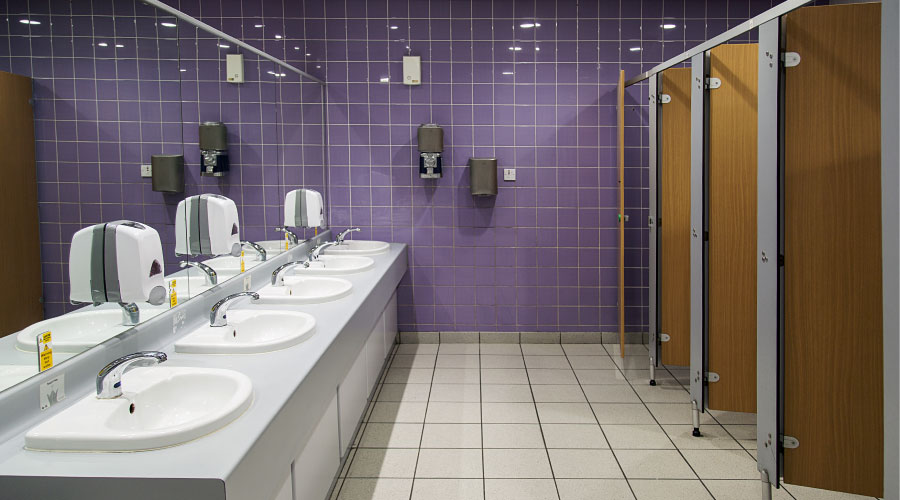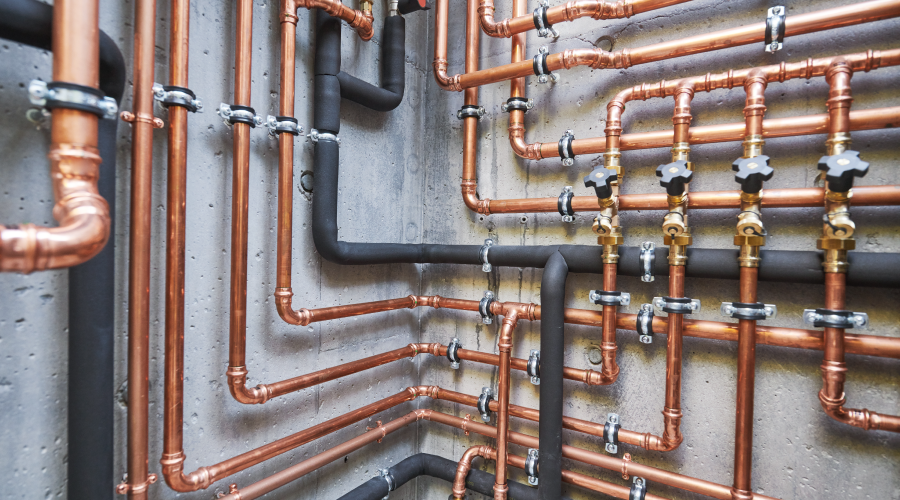Identifying Goals Is First Step in Planning Plumbing Upgrades
Uncertainty regarding the future of water supplies, variability in utility rates, and the bombardment of climate-change messages are among the driving forces behind the movement to reduce water use in institutional and commercial facilities. Closer to home, increasing water bills, tighter maintenance budgets, and owner or occupant requests more often demand the attention of maintenance and engineering managers.
Retrofitting a facility's plumbing fixtures is one sure-fire strategy managers can implement to save water and reduce utility bills, as well as to contribute to improved hygiene. But the retrofit's ultimate success depends on identifying specific facility needs, accurately estimating project savings, and specifying products that will achieve the project's goals.
Identifying Goals
A successful plumbing retrofit requires a plan designed to achieve the goals of facility owners, as well as earn buy-in from operators and maintenance personnel. For example, managers can achieve a simple goal to reduce water use by changing to low-flow fixtures.
A more complex target that includes documenting cost savings, obtaining utility rebates or incentives, or participating in a community water-savings effort will require more intensive planning and coordination.
In addition to reducing an organization's water use, another increasingly common driver for a plumbing retrofit is achieving certification under the Leadership in Energy and Environmental Design for Existing Buildings (LEED-EB) rating system from the U.S. Green Building Council.
The LEED-EB water efficiency prerequisite document titled "Water Use Reduction Additional Guidance" provides thorough information about ways that managers can demonstrate a retrofit project meets the LEED-EB water-reduction criteria.
Another potential benefit of successful plumbing retrofits involves cleaner and healthier restrooms. Today's high-efficiency toilets (HET), high-efficiency urinals (HEU), and low-flow lavatory fixtures are available in touch-free models, which eliminate direct user contact with the fixture.
To maximize restroom hygiene, touchless soap, paper towel, and hand-sanitizer dispensers or electric hand dryers should accompany the specification and installation of sensor-operated plumbing fixtures.
Related Topics:













